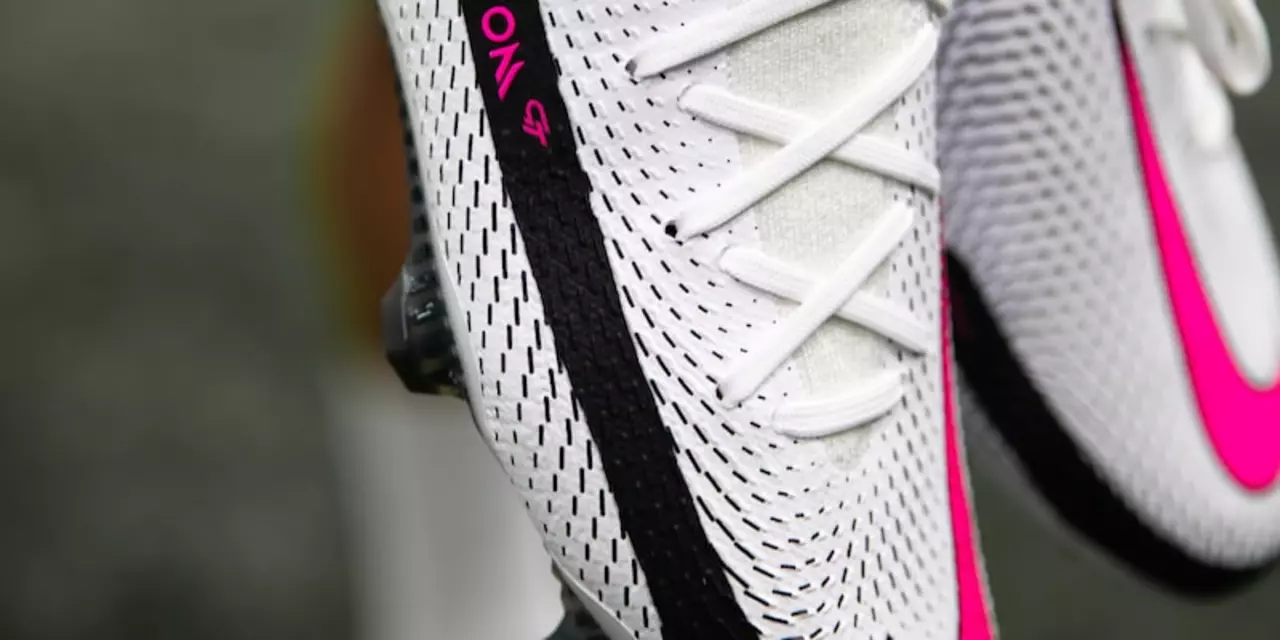Sports Equipment & Apparel: What You Need to Play Safe and Win
When you step onto a field, the gear you wear can be the difference between a great performance and an injury. Whether you’re a parent buying for a kid or an adult looking for a new pair of cleats, the basics stay the same: fit, purpose, and comfort.
Pick the Right Shoes for the Right Sport
Take soccer cleats versus softball shoes as a perfect example. Soccer cleats have a thin, aggressive stud pattern designed for firm grass. They give you quick turns but don’t provide the flat surface needed for the dirt and grass mix on a softball field. Softball shoes, on the other hand, feature a round toe and a wider base. The flat studs bite into the dirt, giving you stability and protecting your ankles.
If you let a youngster wear soccer cleats for softball, you’re betting on a higher risk of slipping or twisting an ankle. The wrong toe shape can also cause foot pain after a few innings. The simple rule is: match the shoe to the surface and the movement pattern of the sport.
Beyond Shoes – Apparel That Works
Clothing matters just as much. A breathable jersey keeps you cool on a hot soccer match, while a moisture‑wicking tee helps a softball player stay dry in the dugout. Look for fabrics that move with you; stretchy panels on knees and shoulders prevent chafing when you dive for a ball.
Kids grow fast, so consider adjustable waistbands and cuffs. A pair of soccer shorts with an elastic drawstring can be lengthened or shortened as the child grows, saving you money on replacements.
Another tip: check the durability rating on any gear. If a brand lists reinforced stitching on the heel of a shoe or double‑layered fabric on a jersey, that’s a sign the product will hold up through multiple seasons.
Finally, don’t forget safety gear. Shin guards for soccer, a helmet for softball, and proper gloves for the catcher all work together with shoes and apparel to keep the body protected.
Choosing the right equipment doesn’t have to be a mystery. Start by asking three quick questions: Does this gear match the sport’s surface? Does it fit comfortably and allow natural movement? Is it built to last through the season?
Answer those, and you’ll walk onto any field feeling confident, comfortable, and ready to play your best game.

- Feb 14, 2023
- Blaise Kendall
- 0 Comments
Can my kid wear soccer cleats for softball?
It is important for young athletes to wear the right footwear for the sport they are playing. Soccer cleats are designed for playing soccer, while softball cleats are designed for playing softball. Soccer cleats are not suitable for playing softball since they are designed for a completely different type of sport and could result in an injury. Softball cleats have a rounder toe, which creates a wider base for the player, providing more stability and less risk for an ankle injury. Additionally, softball cleats are made with a flat surface to ensure a better grip into the dirt of the softball field. Therefore, it is recommended that kids wear softball cleats when playing softball.